Installing the right tires on your vehicle is essential to the overall performance and safety of your vehicle. Your tire choice should reflect the conditions in which you drive and your preferences for vehicle response and handling. To make the most informed decision, though, you must understand how to read tire size when it's time to buy tires.
Thankfully, determining the correct tire size for your vehicle is relatively simple. All the information you need is immediately available either in your owner's manual or somewhere on the vehicle itself. Already know how to read tire size numbers? Skip the explanation and find the right Bridgestone tire for your vehicle online or by visiting a Bridgestone tire dealer near you.
While actual, physical measurements like width and diameter are factors in finding the right tire size, there are additional details to consider. Knowing how to read car tire sizes also means understanding terms like load index and speed rating that affect your vehicle's overall capabilities.
No matter what vehicle you drive, finding the manufacturer-recommended tire size should be easy. The best place to start looking is the owner's manual.
Don't worry if you can't locate the manual; you may also find a tire fit guide in these locations:
You can also find tire size data on the sidewall of your current tires (assuming they're the proper size). However, no matter where you find your tire size, you will have to decipher a sequence of numbers and letters. Don't worry if it looks confusing at first — every letter and number has a straightforward meaning. Let's break down how to read car tire size.
Let's take a look at what each number or letter stands for, one by one, in the order they appear in your tire size data. We'll be using this tire size as an example: P225/70R16 91S.
For most vehicles, you'll see the letter "P" before the number sequence begins: P225/70R16 91S. The "P" is short for "P-metric," which is a designation by the Tire and Rim Association for a "passenger car" tire type. A "P" signifies the tire was designed to primarily be used on passenger vehicles, which can include cars, minivans, SUV's and other light-duty pickup trucks.
If you see "LT" instead of "P," it's because you need "light truck" tires – "LT" is short for "LT-metric," which is a designation by the Tire and Rim Association for a "light truck" type tire. Light truck tires are designed to be used on vehicles capable of carrying heavy cargo or pulling trailers.
Similarly, "T" stands for "temporary" and is for your spare tire. If you see "ST," that means "special trailer." A special trailer tire is never installed on the drive or steer wheels. It's only intended for use on trailer axles.
The first number to appear in your tire size information is the width, in millimeters, of the correct tires for your vehicle: P225/70R16 91S.
Tire width always refers to the measurement from one sidewall to another. Thus, a tire with the measurement "P225" is for a passenger vehicle and has a nominal width of 225 millimeters.
After the slash mark, the next number you see is for the tire's aspect ratio, which essentially tells you how tall your tire's profile is: P225/70R16 91S. Aspect ratios are delivered in percentages. Tire makers calculate the aspect ratio by dividing a tire's sidewall height by its width. If a tire has an aspect ratio of 70, it means the tire's height is 70% of its width.
Lower aspect ratio tires, such as a 60 series, generally offer vehicle handling performance advantages over higher aspect ratio tires, such as a 75 series.
After the aspect ratio comes a letter to indicate the tire's construction: P225/70R16 91S. "R" refers to the internal structure of your tire and gives you a general idea of its stability.
There are two types of construction that you may see on the sidewall of a tire
"Bias-ply" tires were used on automobiles and light trucks until the '70s," reports the classic car site, Hemmings.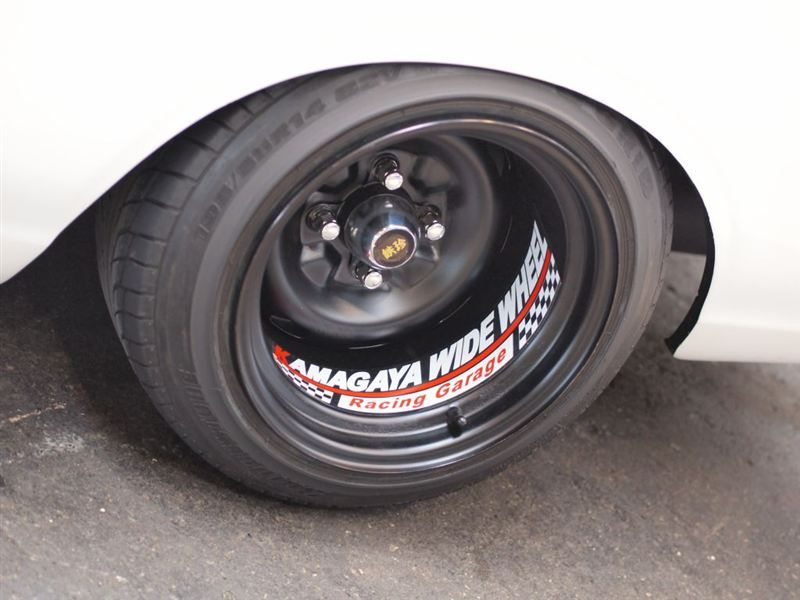 But radial tires represent the vast majority of tires on the road in the United States today. In fact, you will almost always see the letter "R" on tires as radial tires have been the industry standard for over 40 years. Radial construction means the tire's internal ply cords are oriented in a radial direction (at 90 degrees to the centerline of the tread).
But radial tires represent the vast majority of tires on the road in the United States today. In fact, you will almost always see the letter "R" on tires as radial tires have been the industry standard for over 40 years. Radial construction means the tire's internal ply cords are oriented in a radial direction (at 90 degrees to the centerline of the tread).
The next number is the wheel’s diameter. For example, a tire with the P225/70R16 91S would fit a rim with a 16-inch diameter.
Take note: if you decide to change your rims' size, you will also need to get new tires that are compatible with the change in size. Tires designed to fit a 16-inch wheel diameter will not stretch to fit on new 18-inch rims.
View Other Common Diameter Sizes:
14-Inch Diameter Tires
15-Inch Diameter Tires
17-Inch Diameter Tires
18-Inch Diameter Tires
19-Inch Diameter Tires
20-Inch Diameter Tires
21-Inch Diameter Tires
22-Inch Diameter Tires
The next figure needed to read tire size numbers is your tire's load index.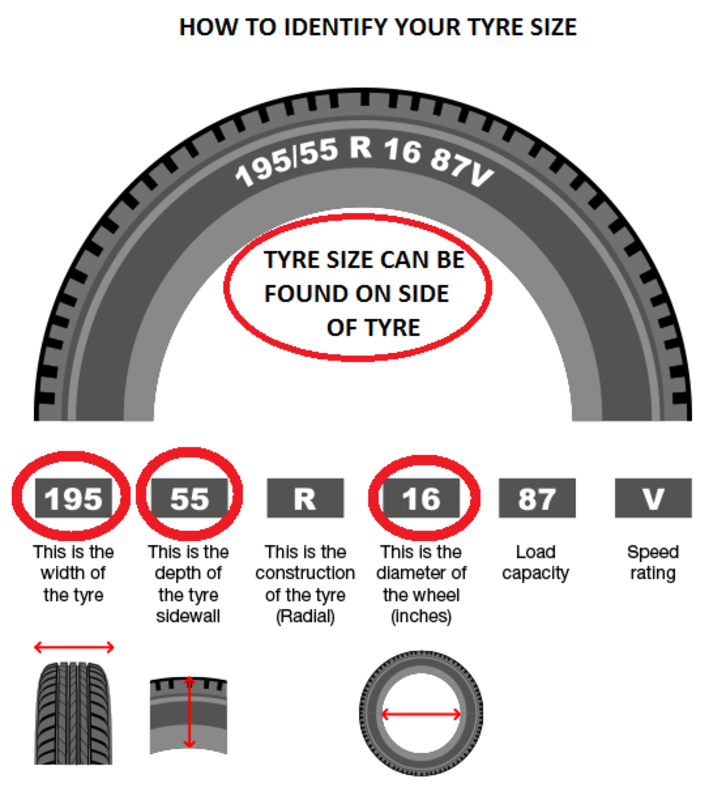 The load index tells us how much weight, in pounds, the tire can support when fully inflated: P225/70R16 91S.
The load index tells us how much weight, in pounds, the tire can support when fully inflated: P225/70R16 91S.
It is called the load "index" because the figure doesn't tell us the precise number of pounds the tire can support, at least not by itself. Instead, the number corresponds to a specific load capacity listed in an index. Beginning with one and ending with 150, numbers in the load index represent carrying capacities of 99 to 7385 lbs.
Additionally, you may not find this number present on all tires. This is because the load index is not required by law to be printed on tires. If there is no load index measurement on your tires, check the owner's manual or contact your local Bridgestone tire dealer for more information.
The final figure in a tire size sequence is the speed rating indicated by a letter: P225/70R16 91S. Just as your load index number corresponds to a particular load, your speed rating letter corresponds to a specific speed capability based on a standardized laboratory test.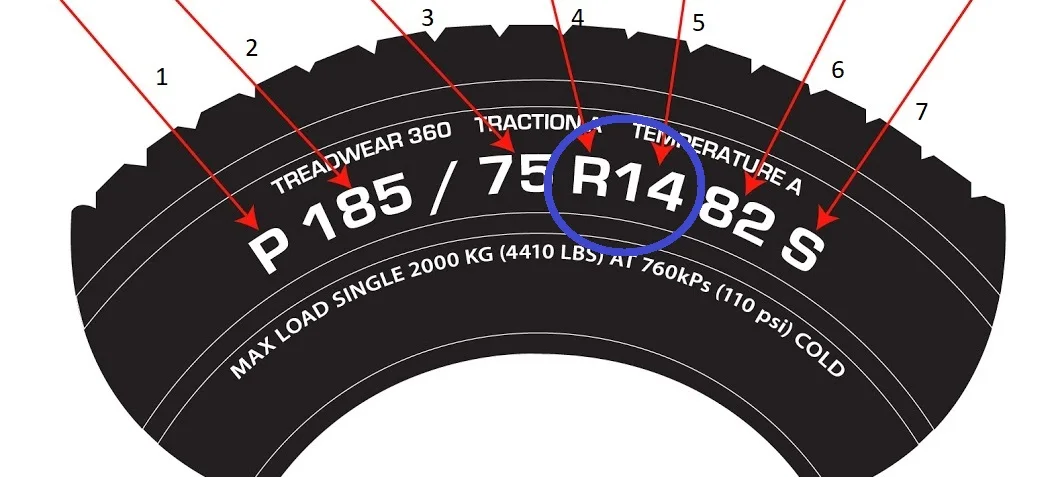
For example, a tire with a speed rating "S" is rated for up to 112 mph, while a tire rated "R" is up to 106 mph. Remember that this isn't a recommended cruising speed, but rather the maximum speed that tire type can withstand. Of course, you should always follow legal speed limits on roadways.
Here are the most common letters for speed ratings and their corresponding maximum speeds:
Tires with higher speed ratings tend to offer increased handling performance. Replacement tires must have the same or higher speed rating to maintain vehicle speed capability. If a vehicle has tires with different speed ratings, the speed rating of the "slowest" tire dictates the vehicle's top speed.
Like the load index, the speed rating is not required by law to be listed on all tires.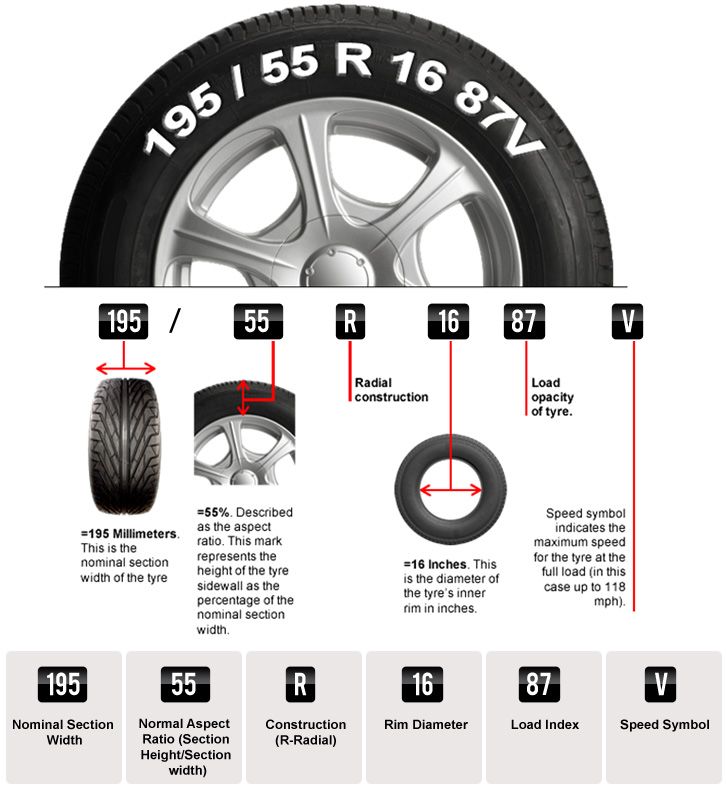 If your tires do not have the speed rating listed, your owner's manual will have the relevant information for your model's stock tire type.
If your tires do not have the speed rating listed, your owner's manual will have the relevant information for your model's stock tire type.
You may find "M+S" or "M/S" after the main tire size sequence on some tires. This indicates that the tire has some capacity to handle snow and mud conditions. This indication is common on most radial or "R" type tires.
You may notice another set of letters and numbers on your tire's sidewall beginning with "DOT." This is not an indication of tire size, but rather that the tire complies with Federal Motor Vehicle Safety Standards. The "DOT" stands for Department of Transportation and is followed by the tire identification number.
The first two letters or numbers after DOT refer to the manufacturing plant where the tire was produced and the last four numbers indicate the week and year the tire was made. The numbers 4318, for instance, indicate that the tire was manufactured during the 43rd week of 2018.
While it's certainly possible to upgrade your tires' size, it's usually best to stick to your manufacturer-recommended tire size for optimal performance. Increasing the size of your tires may give your car more ground clearance, but it may also affect handling, drivetrain performance and fuel economy. Keep in mind the changes to key figures mentioned above, such as load index and speed rating, and how they may affect your vehicle's capabilities if you decide to increase tire size.
Once you know how to read the numbers on tires, you can explore tires by size and narrow down your tire options quickly. Compare tire sizes online or visit a Bridgestone tire dealer near you for help.
Watch this short video to find which tires fit your car or truck
You might have a lot of questions when it comes to replacing your tires. With measurements, performance types, and load capacities, there’s a lot you might feel you need to think about.
The truth is there aren’t a lot of factors to worry about, but there are just a few important things you need to consider.
Identifying Compatible Tire SizesYou can check three different places to find the tire size on your vehicle. The first is in the driver’s door jam. Open up the driver’s door and look within the door jam or on the door itself and locate the sticker that has your tire information on it. Here you will find the wheel (rim) and tire size your vehicle came equipped with from the factory. It is important to note that if you purchase your vehicle used or had the wheels changed, the tire size could be different from when the vehicle left the factory.
For this reason, it is always a good idea to check the tire itself. You will see a series of letters and numbers that will look like this for example: 205/55R16. This will confirm the size of the tires on your vehicle. Make sure all 4 tires read the same size, as some vehicles come with staggered fitments which means the front and rear wheels and tires can be different sizes.
You can also check your owner’s manual but the first two options will be the best.
Tire WidthWhen you look at the tire size, you will see a label that reads something like P215/60R16 94T. With this example, the first number, 215, is the width of the tire in millimeters. The number 60 indicates the sidewall height and width ratio of 60%. Finally, 94 shows the tire’s load capacity or how heavy a car the tires can support.
The primary factor to think about is your car’s tire width vs. rim size. If you plan to keep your rims, their size will determine which tires will work well and which ones won’t.
If you are looking to put a narrower or wider tire on your vehicle, than it currently has, there are a lot of factors to consider. This will change the way the vehicle handles, suspension geometry, anf fuel mileage. You typically have some flexibility if you are looking to get a wider tread pattern, a higher sidewall, but you cannot change to a size that varies by a great deal. It’s best to ask before you purchase tires so the right tires are installed the first time. JACK Mobile Tire can recommend the best tire size for your vehicle.
RimsThe size of the rims you have will determine the range for the size of tires you can have on your car. This means that your wheels are compatible with a range of tire sizes that will allow your car to function optimally. You can view the Rim width size chart for comparison.
As an example, you can look at the 5 in. rims in the chart. You can see that the minimum tire width these rims are compatible with is 155 mm tires.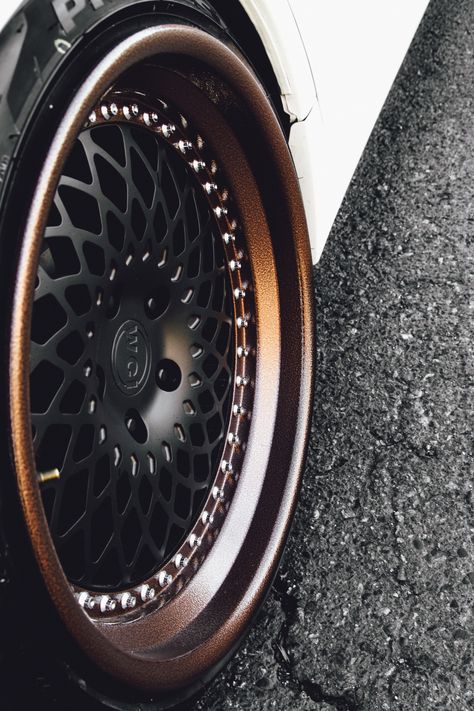 The optimal performance width is between 165 and 175 mm, and the maximum is 185 mm. You have some options when you compare tire width vs. rim size, but these online guides are not what you should also go off of – you should always consult an expert first. Call us at JACK Mobile Tire to verify the proper fitment.
The optimal performance width is between 165 and 175 mm, and the maximum is 185 mm. You have some options when you compare tire width vs. rim size, but these online guides are not what you should also go off of – you should always consult an expert first. Call us at JACK Mobile Tire to verify the proper fitment.
There are a few reasons why people change tires. Sometimes it’s for maintenance reasons, but other times it is for performance and aesthetics. In general, tires need replacements every 3 to 4 years, depending on how much you drive. It’s best to go with tires and brands that you feel will last at least that long.
PerformanceThere are several types of tires that drivers can pick from. As you change out your tires, you have the option to choose from these tire categories for increased performance on the roads you want to prepare for. There are all-season, summer, winter, and all-weather tires.
All-season tires are convenient options because they have a good overall performance on most kinds of roads.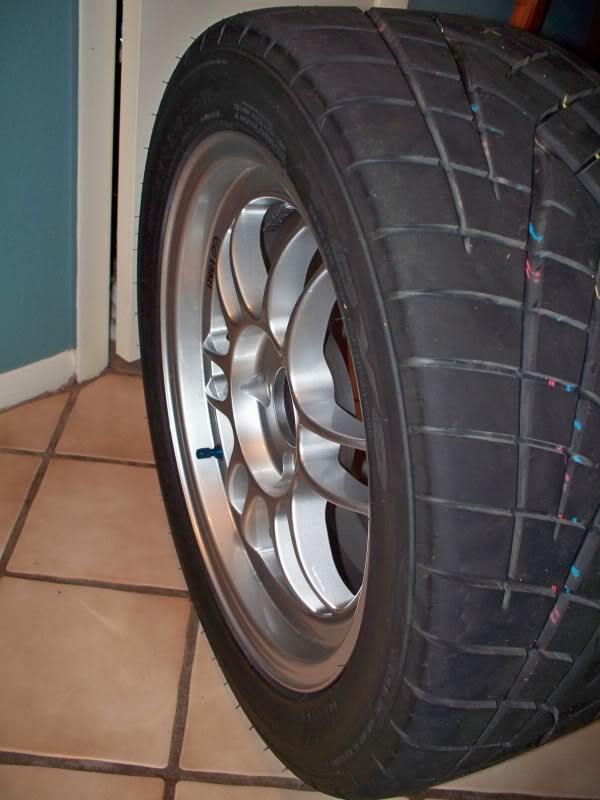 As an all-around option, they are good for everyday use but are not recommended for driving in wintry conditions, as the compounds get hard in extreme cold.
As an all-around option, they are good for everyday use but are not recommended for driving in wintry conditions, as the compounds get hard in extreme cold.
Summer tires are great for dry pavements and also for wet roads. Most performance vehicle owners will opt for a summer tire for the best performance in warmer climates.
Winter tires offer traction in the snow and on icy roads. Traction and stopping distance are greatly improved with winter tires. The compounds that make up winter tires are different from all-season and summer tires. The tire stays soft in extremely cold conditions. If you live in an area that experiences a good amount of winter weather, do yourself a favor and get a set of winter tires.
Owners of summer and winter tires usually exchange tires as the seasons change to match the road conditions.
All-weather are snowflake rated, like winter tires, which means they can be used in wintery conditions. However, all-weather tires will wear out faster than all seasons tires do throughout the course of a year.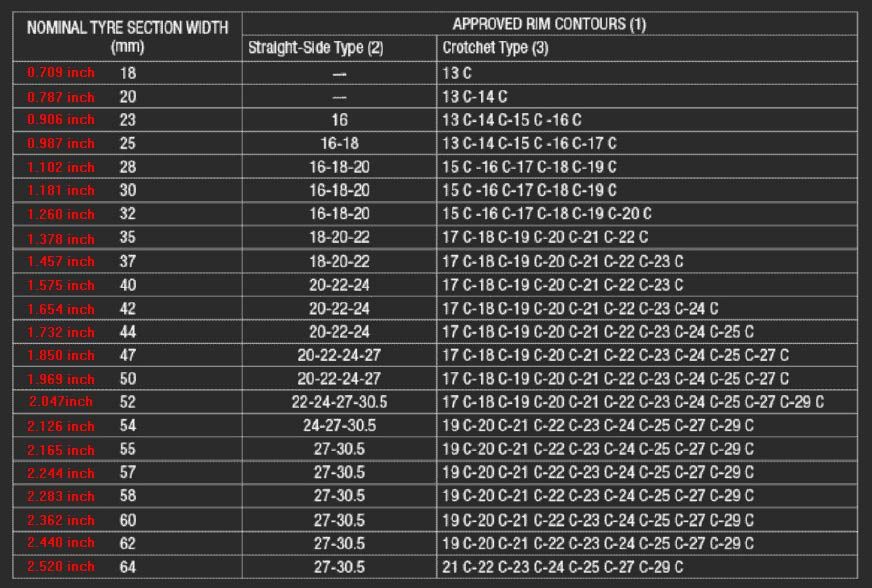
For aesthetics, you can purchase larger wheels (rims) and tires if you are looking to change the appearance of your vehicle. Wheels and tires usually have the largest impact, next to the paint, on the overall appearance of a vehicle. If you would like a wider tire or get a larger or thinner sidewall, it’s always best to consult an expert at JACK Mobile Tire Installation first.
Improperly fitted tires can cause your car’s speedometer to be off, driving experience to decline, and overall performance to suffer—causing more automotive issues later on.
Ask For HelpIf you’re still unsure what size tires or what kind of tires you need for your car, you can always contact one of the certified technicians at Jack Mobile.
At JACK, technicians want to help you get the tires you need and get back onto the road. Since there are many kinds of tires out there, technicians can recommend some great options for your car.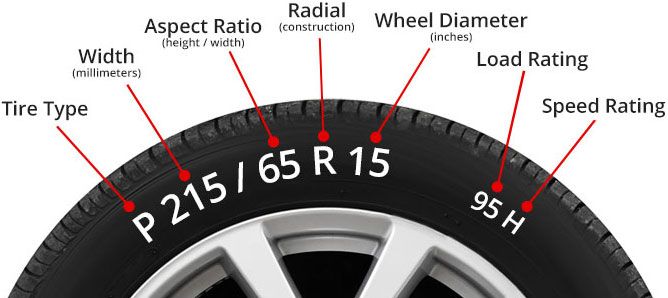
The issue of selecting tires for disks has always been relevant for motorists, since every self-respecting driver needs to know certain parameters. If the characteristics are not known and these parameters are not followed, the car will experience a significant deterioration in performance, which seriously threatens safety.
In order to match rubber to the wheels as accurately as possible, you should first study the marking of the wheels:
Wheel marking with dimensions R13 4x98 ET35 J5 D58.6
It is the latter that plays a major role in matching tires and wheels. In order to choose the right wheels for tires on passenger cars, you can use the table compiled by the specialists of Avtotire Kom. Or you can use the selection of discs for the car by clicking on the link .
Tire/Rim Matching Chart
| Disc diameter | Tire size | Wheel rim width (inches) | ||
| Minimum | Recommended | Maximum | ||
| 13" | 135/80R13 | 3. 5 5 | 3.5 | 4.5 |
| 145/80R13 | 3.5 | 4 | 5 | |
| 155/80R13 | 3 | 4.5 | 5 | |
| 165/80R13 | 4 | 4.5 | 5.5 | |
| 165R13 | 4.5 | 5 | 6 | |
| 14" | 175/80R14 | 4.5 | 5 | 6 |
| 185/80R14 | 4.5 | 5 | 6 | |
| 13" | 135/70R13 | 3.5 | 4 | 4. 5 5 |
| 145/70R13 | 3.5 | 4.5 | 5 | |
| 155/70R13 | 4 | 4.5 | 5 | |
| 165/70R13 | 4 | 5 | 5.5 | |
| 175/70R13 | 4.5 | 5 | 6 | |
| 185/70R13 | 4.5 | 5.5 | 6 | |
| 14" | 165/70R14 | 4 | 5 | 5.5 |
| 175/70R14 | 4.5 | 5 | 6 | |
| 185/70R14 | 4.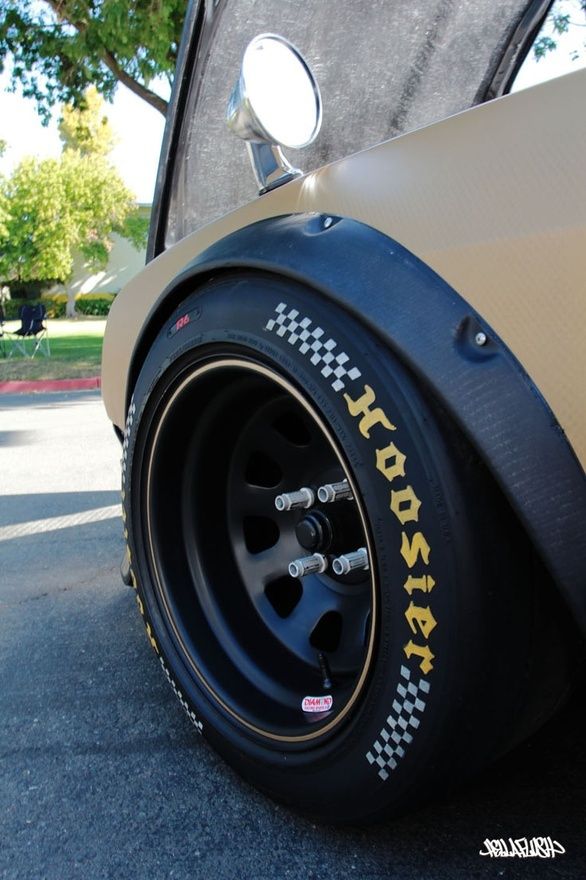 5 5 | 5.5 | 6 | |
| 195/70R14 | 5 | 6 | 6.5 | |
| 13" | 155/65R13 | 4.5 | 4.5 | 5.5 |
| 165/65R13 | 4.5 | 5 | 6 | |
| 175/65R13 | 5 | 5 | 6 | |
| 14" | 155/65R14 | 4.5 | 4.5 | 5.5 |
| 165/65R14 | 4.5 | 5 | 6 | |
| 175/65R14 | 5 | 5 | 6 | |
| 185/65R14 | 5 | 5.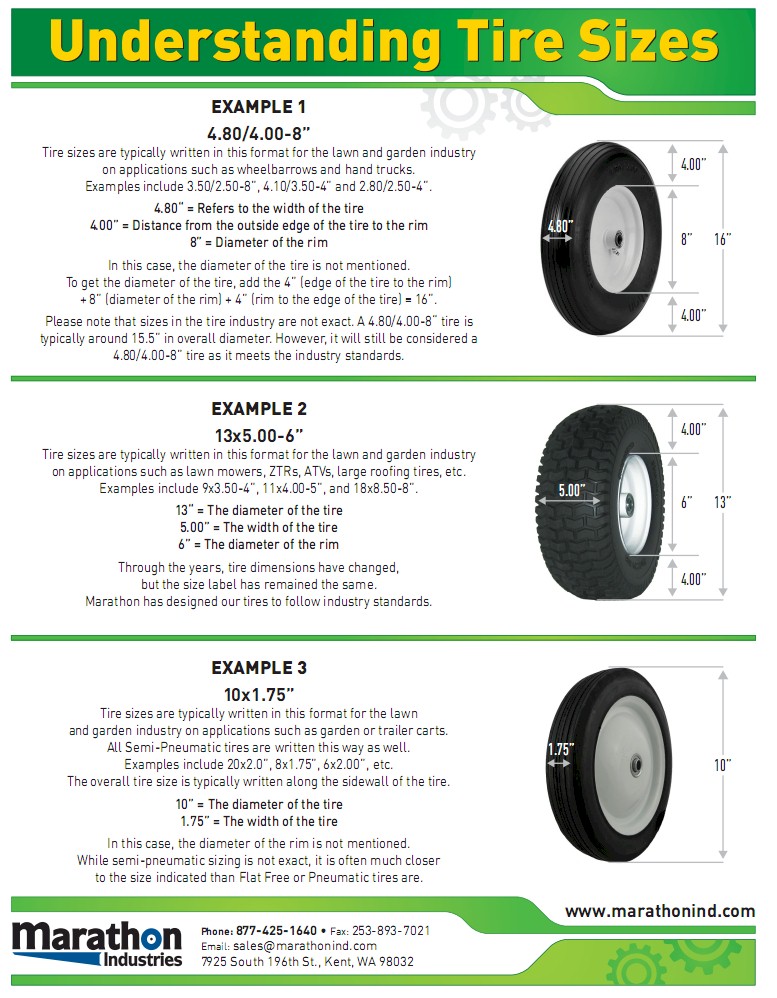 5 5 | 6.5 | |
| 195/65R14 | 5.5 | 6 | 7 | |
| 15" | 145/65R15 | 4 | 4.5 | 5 |
| 155/65R15 | 4.5 | 4.5 | 5 | |
| 165/65R15 | 4.5 | 5 | 6 | |
| 175/65R15 | 5 | 5 | 6 | |
| 185/65R15 | 5 | 5.5 | 6.5 | |
| 195/65R15 | 5.5 | 6 | 7 | |
| 205/65R15 | 5. 5 5 | 6 | 7.5 | |
| 215/65R15 | 6 | 6.5 | 7.5 | |
| 16" | 215/65R16 | 6 | 6.5 | 7.5 |
| 17" | 235/65R17 | 6.5 | 7 | 8.5 |
| 18" | 235/65R18 | 6.5 | 7 | 8.5 |
| 14" | 165/60R14 | 4.5 | 5 | 6 |
| 175/60R14 | 5 | 5 | 6 | |
| 185/60R14 | 5 | 5.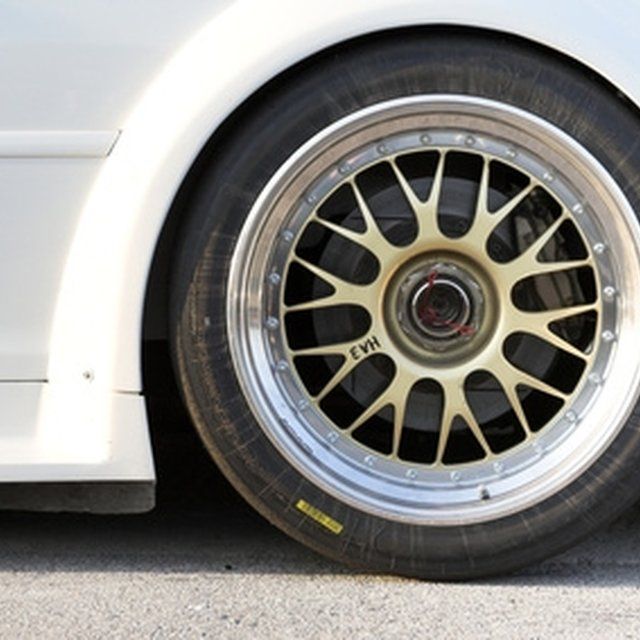 5 5 | 6.5 | |
| 195/60R14 | 5.5 | 6 | 7 | |
| 15" | 175/60R15 | 5 | 5 | 6 |
| 185/60R15 | 5 | 5.5 | 6.5 | |
| 195/60R15 | 5.5 | 6 | 7 | |
| 205/60R15 | 5.5 | 6 | 7.5 | |
| 225/60R15 | 6 | 6.5 | 8 | |
| 16" | 205/60R16 | 5.5 | 6 | 7. 5 5 |
| 215/60R16 | 6 | 6.5 | 7.5 | |
| 225/60R16 | 6 | 6.5 | 8 | |
| 235/60R16 | 6.5 | 7 | 8.5 | |
| 17" | 225/60R17 | 6 | 6.5 | 8 |
| 14" | 185/55R14 | 5 | 6 | 6.5 |
| 15" | 175/55R15 | 5 | 5.5 | 6 |
| 185/55R15 | 5 | 6 | 6.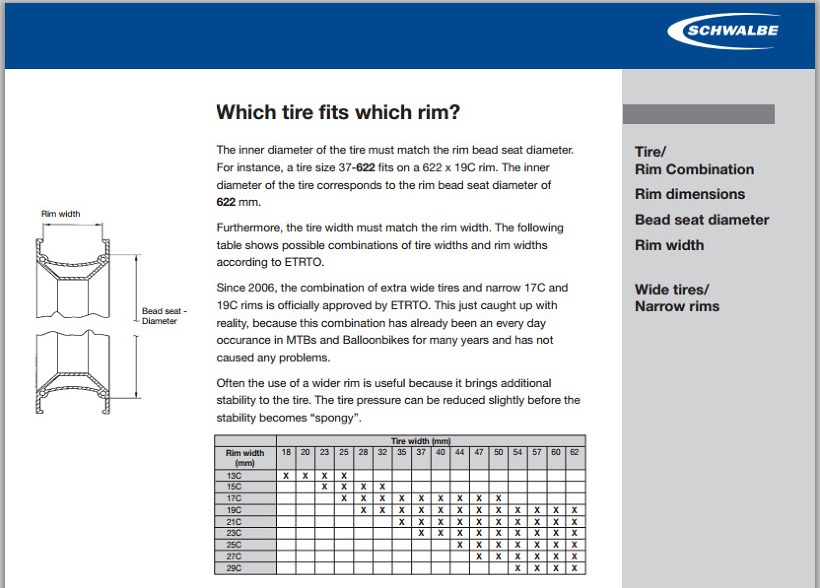 5 5 | |
| 195/55R15 | 5.5 | 6 | 7 | |
| 205/55R15 | 5.5 | 6.5 | 7.5 | |
| 225/55R15 | 6 | 7 | 8 | |
| 16" | 195/55R16 | 5.5 | 6 | 7 |
| 205/55R16 | 5.5 | 6.5 | 7.5 | |
| 215/55R16 | 6 | 7 | 7.5 | |
| 225/55R16 | 6 | 7 | 8 | |
| 245/55R16 | 7 | 7.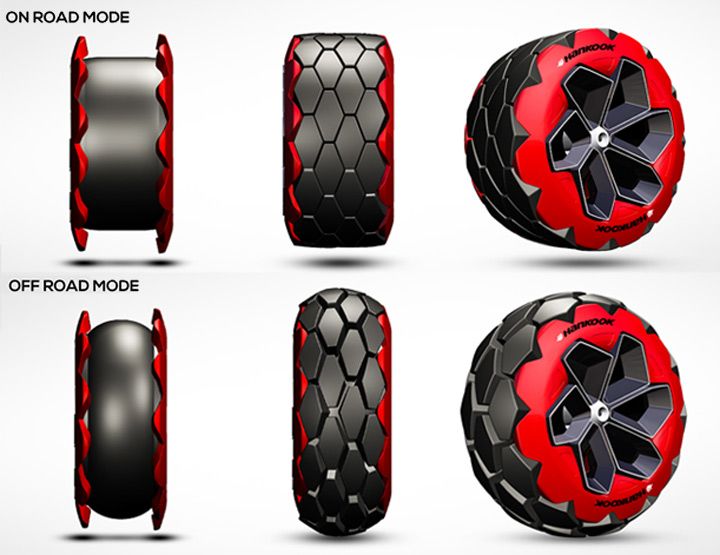 5 5 | 8.5 | |
| 17" | 205/55R17 | 5.5 | 6.5 | 7.5 |
| 215/55R17 | 6 | 7 | 7.5 | |
| 225/55R17 | 6 | 7 | 8 | |
| 235/55R17 | 6.5 | 7.5 | 8.5 | |
| 245/55R17 | 7 | 7.5 | 8.5 | |
| 255/55R17 | 7 | 8 | 9 | |
| 15" | 195/50R15 | 5.5 | 6 | 7 |
| 205/50R15 | 5.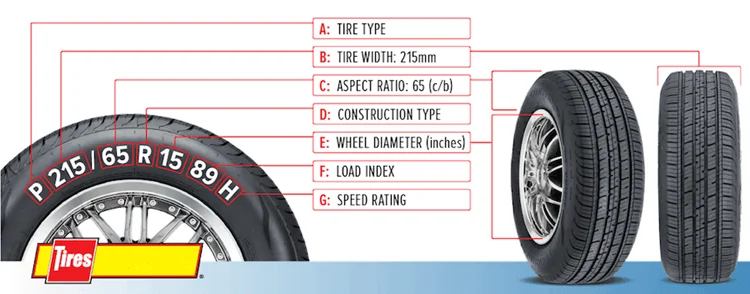 5 5 | 6.5 | 7.5 | |
| 225/50R15 | 6 | 7 | 8 | |
| 16" | 185/50R16 | 5 | 6 | 6.5 |
| 195/50R16 | 5.5 | 6 | 7 | |
| 205/50R16 | 5.5 | 6.5 | 7.5 | |
| 215/50R16 | 6 | 7 | 7.5 | |
| 225/50R16 | 6 | 7 | 8 | |
| 235/50R16 | 6.5 | 7.5 | 8.5 | |
| 245/50R16 | 7 | 7.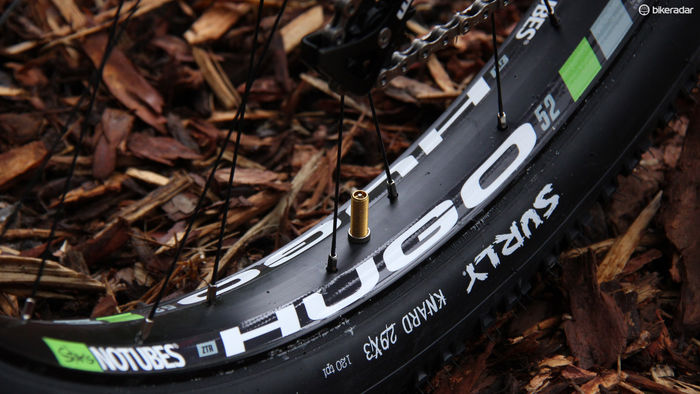 5 5 | 8.5 | |
| 255/50R16 | 7 | 8 | 9 | |
| 17" | 205/50R17 | 5.5 | 6.5 | 7.5 |
| 215/50R17 | 6 | 7 | 7.5 | |
| 225/50R17 | 6 | 7 | 8 | |
| 235/50R17 | 6.5 | 7.5 | 8.5 | |
| 18" | 235/50R18 | 6.5 | 7.5 | 8.5 |
| 245/50R18 | 7 | 7.5 | 8. 5 5 | |
| 19" | 275/50R19 | 7.5 | 8.5 | 9.5 |
| 15" | 195/45R15 | 6 | 6.5 | 7.5 |
| 16" | 195/45R16 | 6 | 6.5 | 7.5 |
| 205/45R16 | 6.5 | 7 | 7.5 | |
| 215/45R16 | 7 | 7 | 8 | |
| 225/45R16 | 7 | 7.5 | 8.5 | |
| 245/45R16 | 7.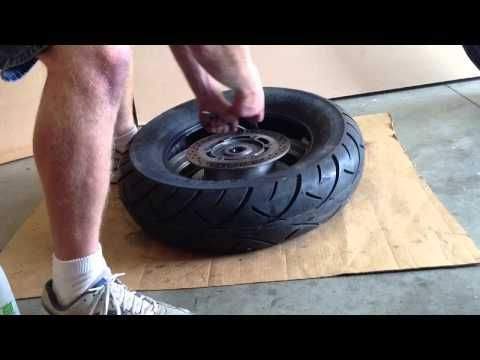 5 5 | 8 | 9 | |
| 17" | 205/45R17 | 6.5 | 7 | 7.5 |
| 215/45R17 | 7 | 7 | 8 | |
| 225/45R17 | 7 | 7.5 | 8.5 | |
| 235/45R17 | 7.5 | 8 | 9 | |
| 245/45R17 | 7.5 | 8 | 9 | |
| 255/45R17 | 8 | 8.5 | 9.5 | |
| 18" | 215/45R18 | 7 | 7 | 8 |
| 225/45R18 | 7 | 7. 5 5 | 8.5 | |
| 235/45R18 | 7.5 | 8 | 9 | |
| 245/45R18 | 7.5 | 8 | 9 | |
| 255/45R18 | 8 | 8.5 | 9.5 | |
| 275/45R18 | 8.5 | 9 | 10.5 | |
| 19" | 245/45R19 | 7.5 | 8 | 9 |
| 20" | 275/45R20 | 8.5 | 9 | 10.5 |
| 16" | 215/40R16 | 7 | 7.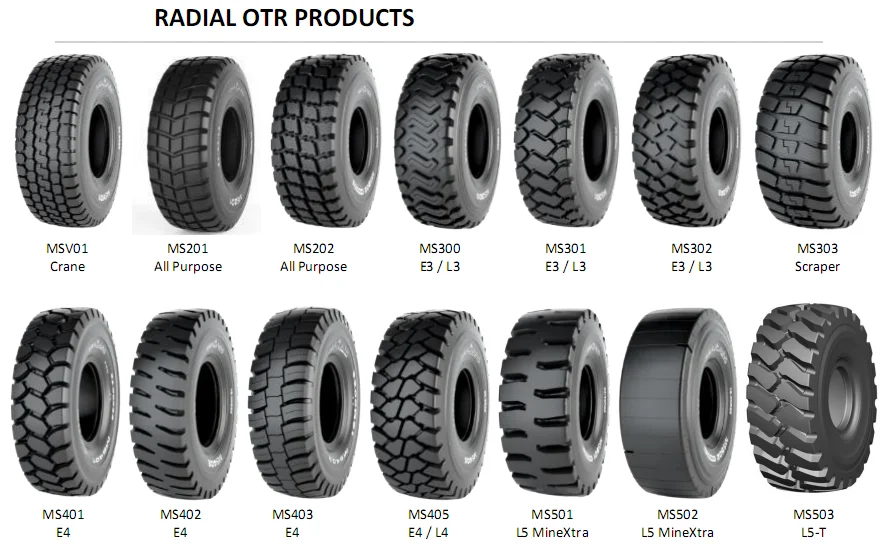 5 5 | 8.5 |
| 17" | 205/40R17 | 7 | 7.5 | 8 |
| 215/40R17 | 7 | 7.5 | 8.5 | |
| 235/40R17 | 8 | 8.5 | 9.5 | |
| 245/40R17 | 8 | 8.5 | 9.5 | |
| 255/40R17 | 8.5 | 9 | 10 | |
| 265/40R17 | 9 | 9.5 | 10.5 | |
| 275/40R17 | 9 | 9.5 | 11 | |
| 285/40R17 | 9 | 10 | 11 | |
| 18" | 205/40R18 | 7 | 7.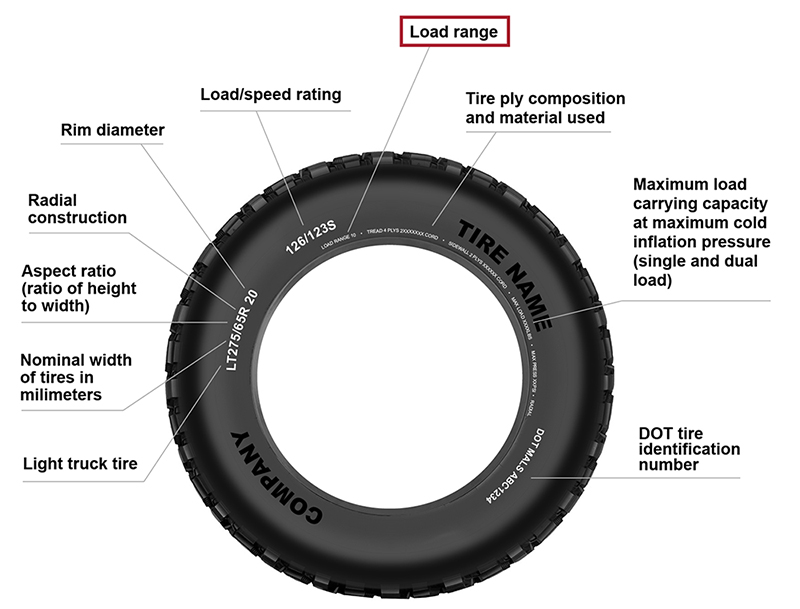 5 5 | 8 |
| 225/40R18 | 7.5 | 8 | 9 | |
| 235/40R18 | 8 | 8.5 | 9.5 | |
| 245/40R18 | 8 | 8.5 | 9.5 | |
| 255/40R18 | 8.5 | 9 | 10 | |
| 265/40R18 | 9 | 9.5 | 10.5 | |
| 275/40R18 | 9 | 9.5 | 11 | |
| 285/40R18 | 9.5 | 10 | 11 | |
| 19" | 225/40R19 | 7. 5 5 | 8 | 9 |
| 245/40R19 | 8 | 8.5 | 9.5 | |
| 255/40R19 | 8.5 | 9 | 10 | |
| 275/40R19 | 9 | 9.5 | 11 | |
| 20" | 245/40R20 | 8 | 8.5 | 9.5 |
| 17" | 225/35R17 | 7.5 | 8 | 9 |
| 265/35R17 | 9 | 9.5 | 10.5 | |
| 335/35R17 | 11 | 12 | 13 | |
| 18" | 215/35R18 | 7 | 7.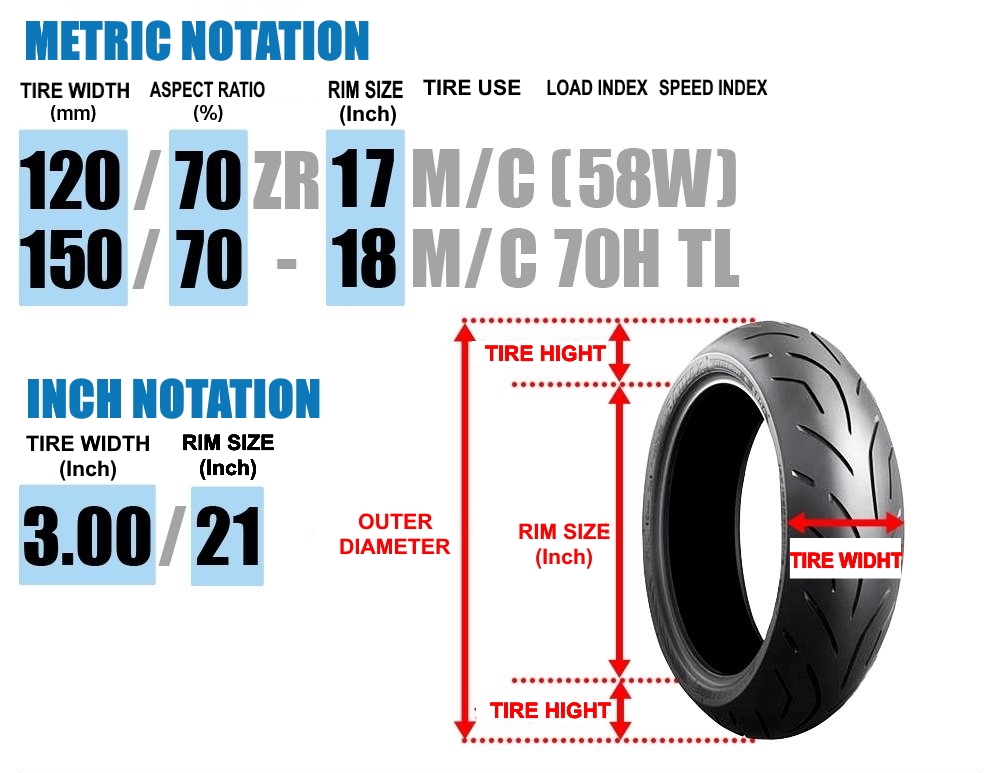 5 5 | 8.5 |
| 225/35R18 | 7.5 | 8 | 9 | |
| 235/35R18 | 8 | 8.5 | 9.5 | |
| 255/35R18 | 8.5 | 9 | 10 | |
| 265/35R18 | 9 | 9.5 | 10.5 | |
| 275/35R18 | 9 | 9.5 | 11 | |
| 285/35R18 | 9.5 | 10 | 11 | |
| 295/35R18 | 10 | 10.5 | 11.5 | |
| 345/35R18 | 11.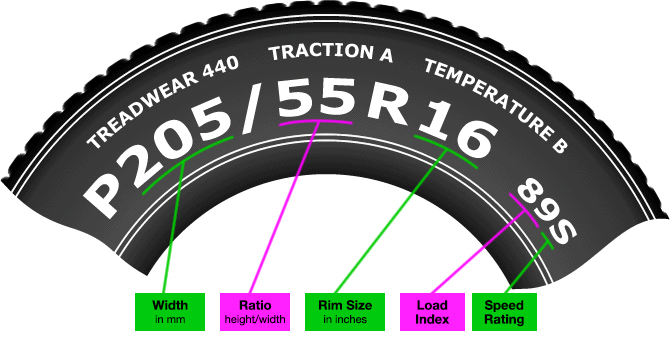 5 5 | 12 | 13.5 | |
| 19" | 225/35R19 | 7.5 | 8 | 9 |
| 235/35R19 | 8 | 8.5 | 9.5 | |
| 245/35R19 | 8 | 8.5 | 9.5 | |
| 255/35R19 | 8.5 | 9 | 10 | |
| 265/35R19 | 9 | 9.5 | 10.5 | |
| 275/35R19 | 9 | 9.5 | 11 | |
| 285/35R19 | 9.5 | 10 | 11 | |
| 295/35R19 | 10 | 10. 5 5 | 11.5 | |
| 20" | 245/35R20 | 8 | 8.5 | 9.5 |
| 255/35R20 | 8.5 | 9 | 10 | |
| 275/35R20 | 9 | 9.5 | 11 | |
| 21" | 245/35R21 | 8 | 8.5 | 9.5 |
| 255/35R21 | 8.5 | 9 | 10 | |
| 18" | 285/30R18 | 9.5 | 10 | 10.5 |
| 295/30R18 | 10 | 10. 5 5 | 11 | |
| 315/30R18 | 10.5 | 11 | 11.5 | |
| 335/30R18 | 11.5 | 12 | 12.5 | |
| 345/30R18 | 11.5 | 12 | 12.5 | |
| 19" | 265/30R19 | 9 | 9.5 | 10 |
| 275/30R19 | 9 | 9.5 | 10 | |
| 285/30R19 | 9.5 | 10 | 10.5 | |
| 295/30R19 | 10 | 10.5 | 11 | |
| 305/30R19 | 10.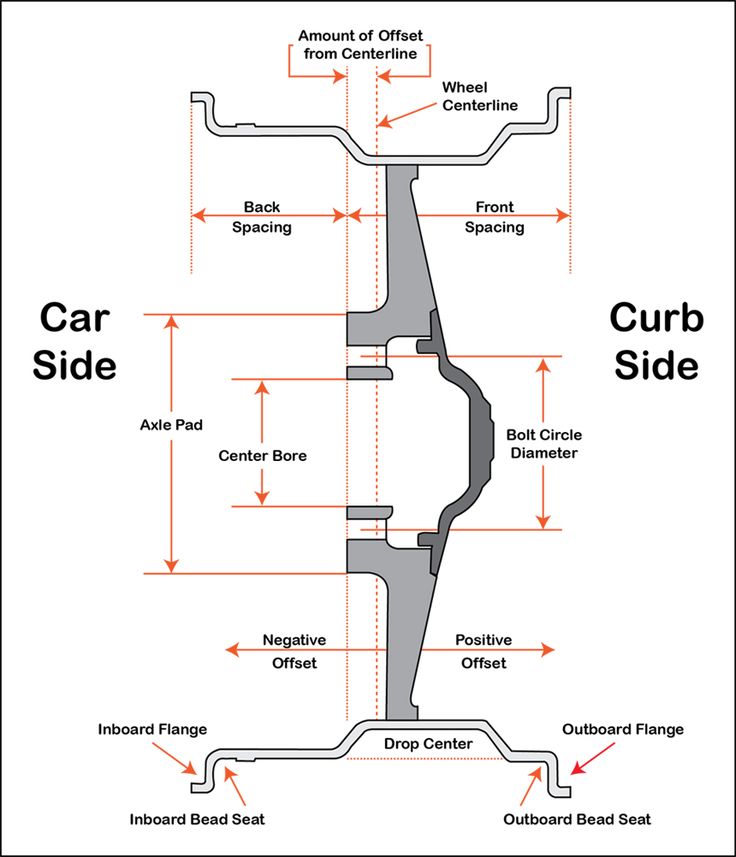 5 5 | 11 | 11.5 | |
| 345/30R19 | 11.5 | 12 | 12.5 | |
| 20" | 235/30R20 | 8.5 | 8.5 | 9.5 |
| 245/30R20 | 8.5 | 8.5 | 9.5 | |
| 255/30R20 | 9 | 9 | 10 | |
| 285/30R20 | 10 | 10 | 11 | |
| 335/30R20 | 12 | 12 | 13 | |
| 21" | 255/30R21 | 9 | 9 | 10 |
| 285/30R21 | 10 | 10 | 11 | |
| 295/30R21 | 10 | 10.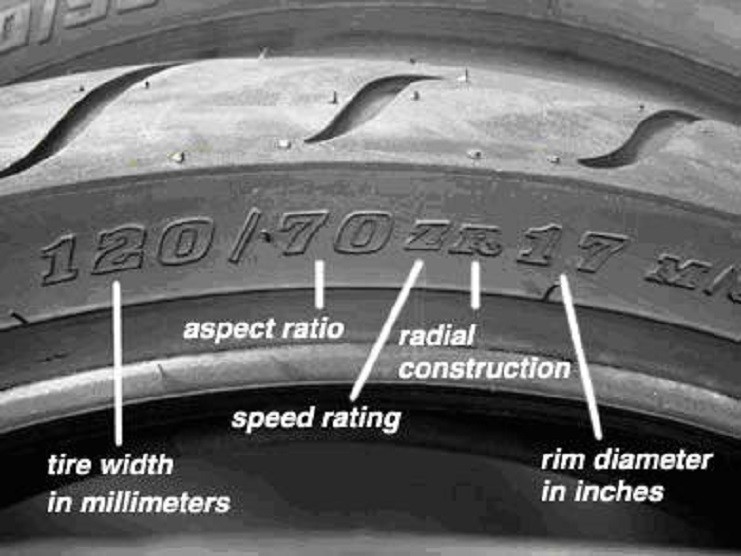 5 5 | 11 | |
| 22" | 255/30R22 | 9 | 9 | 10 |
| 19" | 315/25R19 | 11 | 11.5 | 12 |
| 20" | 285/25R20 | 10.5 | ||
| 295/25R20 | 10 | 10.5 | 11 | |
| 325/25R20 | 11.5 | 12 | 12.5 | |
| 21" | 295/25R21 | 10 | 10.5 | 11 |
| 22" | 295/25R22 | 10 | 10. 5 5 | 11 |
| Tire labels - how to read? From November 1, 2012, tires sold in countries within the European Union must have special stickers. They contain information, in particular, on the fuel.. 11 July 2022, 11:34 | |
| Causes of tire wear Tire wear is often the result of too much speed at which we move. However, there are many more factors influencing this process. Tire condition during .. July 04, 2022, 11:58 | |
| What is the minimum tread depth allowed? The tread of a tire is sometimes analyzed in terms of appearance and shape, modern technologies implemented by the manufacturer, or performance in winter conditions. However, the key parameter of tires in. 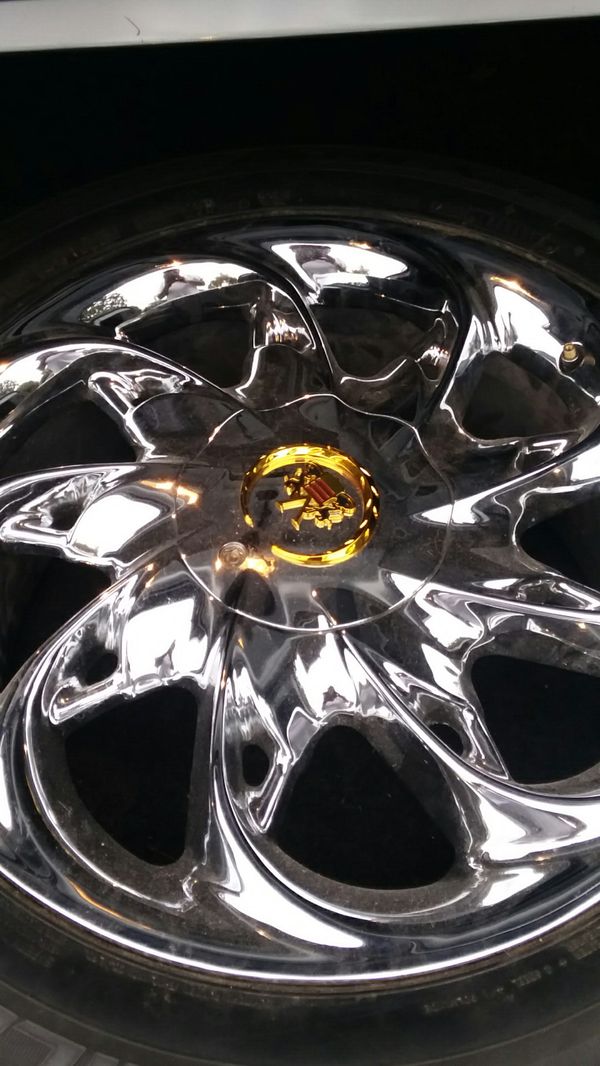 . . 23 June 2022, 10:06 | |
| Tire deformation and side ties. What to do with them? One of the remarkable and main features of the structure of the inner part of any tire is the threads that make up the cord. For quite a long time they have a radial location at.. June 08, 2022, 10:21 | |
| Wheel alignment - do I need to change tires? If your vehicle behaves on the road, it may mean that you need to replace suspension components, steering system, wheels or tires. For this may.. 07 April 2022, 15:47 | |
Main Page→→
In order to choose the right tires for the wheels, you need to know certain parameters, the non-observance of which will seriously worsen the car's behavior on the road. Since the tire is put on the rim of the disc, the width of the profile must be commensurate with it.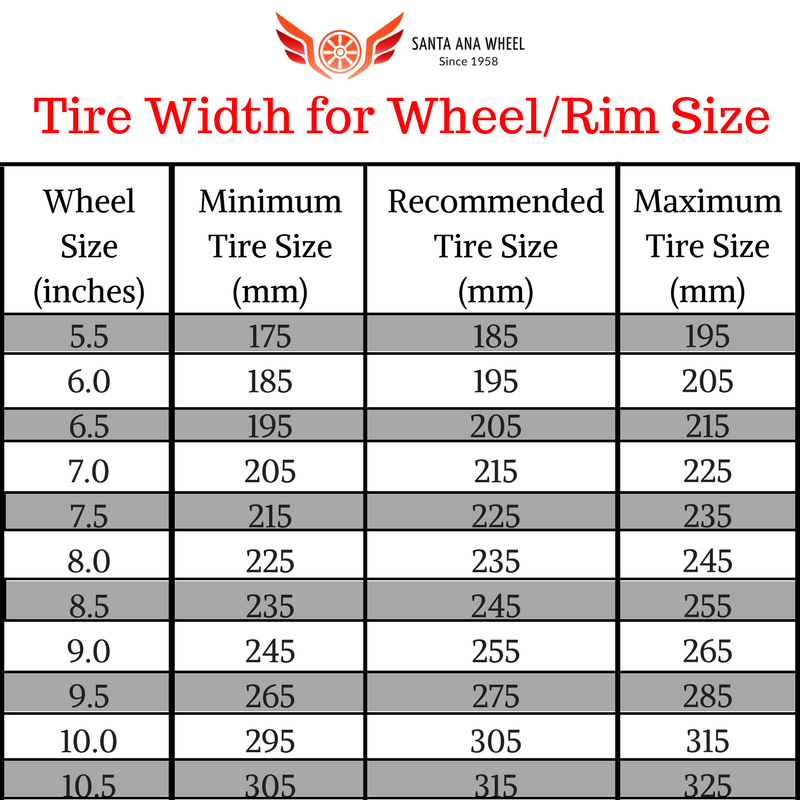 We note right away that, despite the tuning common in recent years, automakers categorically do not recommend this. After all, if the sizes of disks and tires vary greatly, then the contact patch will not be even, which means that the control can get out of control.
We note right away that, despite the tuning common in recent years, automakers categorically do not recommend this. After all, if the sizes of disks and tires vary greatly, then the contact patch will not be even, which means that the control can get out of control.
In general, the question of matching tires and wheels can be considered from two sides. The first is the selection of tires and wheels based on the manufacturer's recommendations, and the second is this fitment. Fitment is the study of the tire fit on the rim and the position of the wheels relative to the wheel arches, which includes negative camber, low landing and other delights, which we will not talk about, because we consider it more important to tell you how to choose the right one from the point of view of safety and comfort tires to wheels.
To choose the right tires for the rims, you need to know the labeling of the rims.
|
| Wheel marking R13 4x98 ET35 J5 D58.
1. ET35 - departure. Distance from the mating plane to the center of the disc (in mm.). 2. R13 - wheel rim diameter in inches. 3. D58.6 - diameter of the central hole for the hub (in mm.). 4. 4x98 - the number of mounting holes and the diameter of the centers of the bolt holes (in mm.). 5. J5 - rim width in inches (an inch is equal to 25.4 mm.) |
Ideally, that is, to be sure of safety, the PCD of the disc (the diameter of the circle of the centers of the mounting holes) cannot be changed. In extreme cases, the dimensions of the wheels and tires may not match each other quite a bit, but then eccentric bolts are used for fastening, which allow you to install wheels with PCD 100 mm on cars with PCD 98mm. However, it is worth noting that the maximum difference in displacement should not exceed 2 mm, and ideally, the tires and rims should still match one hundred percent.
The dimensions of the rims and tires must also match with their central hole, but if for some reason this is not possible, an adjusting ring (it is also a spacer ring) will come to the rescue. The adjusting ring has an outer diameter equal to the diameter of the hole in the disk, and an inner diameter corresponds to the diameter of the vehicle hub. If the adjusting ring is set correctly, then the running characteristics will not change. It should be noted that the discs do not have stamped mounting rings. Set them only to alloy wheels.
The labeling of the disks does not indicate the maximum load ( MAX LOAD ), you can find this parameter either in the passport, which some manufacturers of domestic wheels attach to their products, or look for this information on the website of the disk manufacturer. This information is not very important, since manufacturers usually make discs with a margin of safety. But, if for some reason you decide to put, say, wheels for a car on a jeep, then the maximum load of the disk will be an important parameter. And if it is not taken into account, the wheel may not withstand the load and deform, even falling into a small hole.
And if it is not taken into account, the wheel may not withstand the load and deform, even falling into a small hole.
In addition, even if the dimensions of the tires and rims match in all respects, there is still a risk that the rim will not fit on the car. The reason for this is the so-called X-factor, when the disc rests on the suspension parts or caliper, which is associated with the shape of the stamping or casting. Therefore, we recommend that you first try it on before beading the tire on the wheel.
Tire and wheel width matching table
| Tire height | Tire size | Disc width (inches) Recomm./Min./Max. | ||
| R12 | ||||
| 82 | 125R12 | 3. | 3.0 | 4.0 |
| 70 | 145/70R12 | 4.5 | 4.0 | 5.0 |
| R13 | ||||
| 82 | 145R13 | 4. | 3.5 | 5.0 |
| 80 | 135/80R13 | 3.5 | 3.5 | 4.5 |
| 70 | 135/70R13 | 4. | 3.5 | 4.5 |
| 65 | 155/65R13 | 4.5 | 4.0 | 5.5 |
| 60 | 175/60R13 | 5. | 5.0 | 6.0 |
| 55 | 195/55R13 | 6.0 | 5.5 | 7.0 |
| R14 | ||||
| 82 | 145R14 | 4.0 | 3.5 | 5.0 |
| 80 | 175/80R14 | 5.0 | 4.5 | 5.5 |
| 70 | 165/70R14 | 5.0 | 4.5 | 6.0 |
| 65 | 155/65R14 | 4.5 | 4.0 | 5.5 |
| 60 | 165/60R14 | 5. | 4.5 | 6.0 |
| 55 | 185/55R14 | 6.0 | 5.0 | 6.5 |
| R15 | ||||
| 82 | 125R15 | 3. | 3.0 | 4.0 |
| 80 | 185/80R15 | 5.5 | 4.5 | 6.0 |
| 70 | 175/70R15 | 5.0 | 5. | 6.0 |
| 65 | 185/65R15 | 5.5 | 5.0 | 6.5 |
| 60 | 195/60R15 | 6.0 | 5.5 | 7.0 |
| 55 | 185/55R15 | 6.0 | 5.0 | 6.5 |
| 50 | 195/50R15 | 6. | 5.5 | 7.0 |
| 45 | 195/45R15 | 6.5 | 6.0 | 7.5 |
| R16 | ||||
| 65 | 215/65R16 | 6.5 | 5.5 | 7. |
| 60 | 225/60R16 | 6.5 | 6.0 | 8.0 |
| 55 | 205/55R16 | 6.5 | 5.5 | 7.5 |
| 50 | 205/50R16 | 6. | 5.5 | 7.5 |
| 45 | 195/45R16 | 6.5 | 6.0 | 7.5 |
| 40 | 215/40R16 | 7. | 7.0 | 8.5 |
| R17 | ||||
| 55 | 225/55R17 | 7.0 | 6.0 | 8.0 |
| 50 | 205/50R17 | 6.5 | 5.5 | 7. |
| 45 | 215/45R17 | 7.0 | 7.0 | 8.5 |
| 40 | 215/40R17 | 7.5 | 7.0 | 8.5 |
| 35 | 245/35R17 | 8.5 | 8.0 | 9.5 |
| R18 | ||||
| 50 | 235/50R18 | 7. | 6.5 | 8.5 |
| 45 | 255/45R18 | 8.5 | 8.0 | 9.5 |
| 40 | 225/40R18 | 8.0 | 7.5 | 9. |
| 35 | 285/35R18 | 10.0 | 9.5 | 11.0 |
| 30 | 325/30R18 | 12.0 | 11.0 | 13.0 |
| R20 | ||||
| 40 | 245/40R20 | 9. | ||